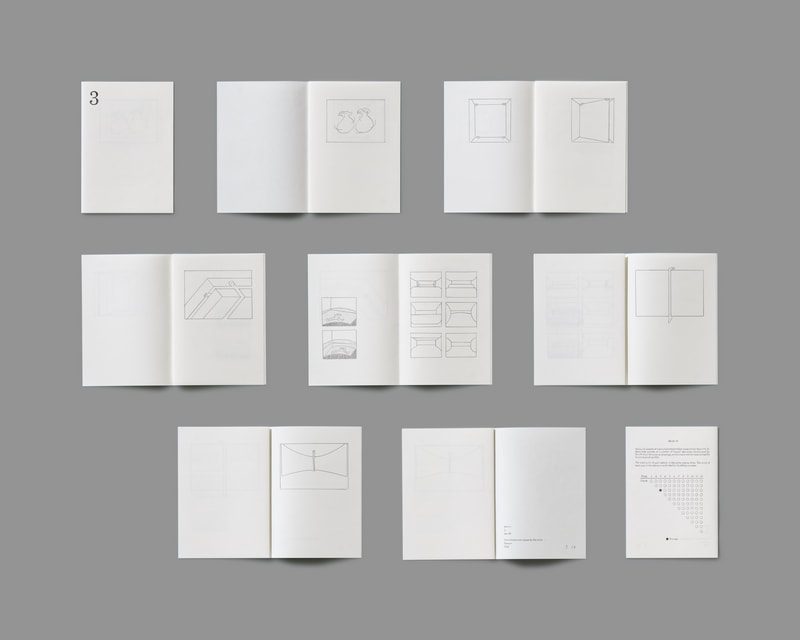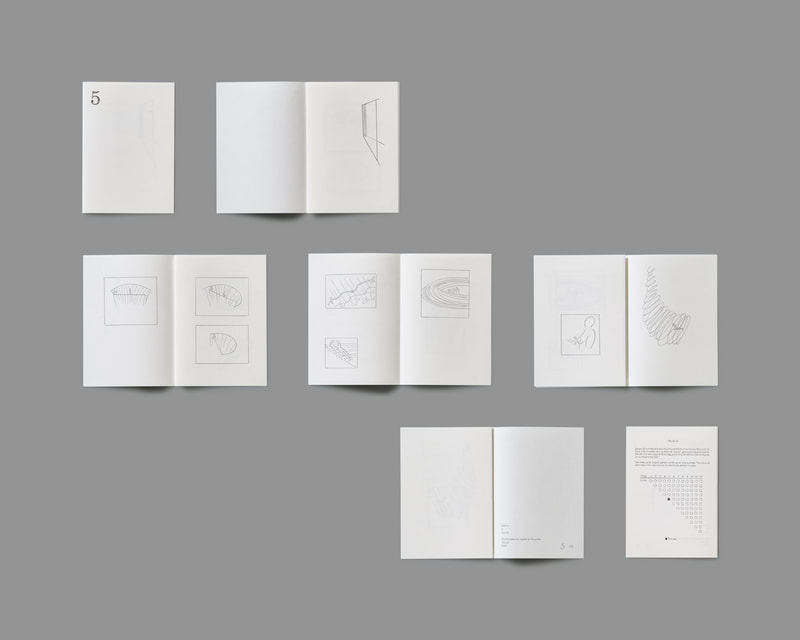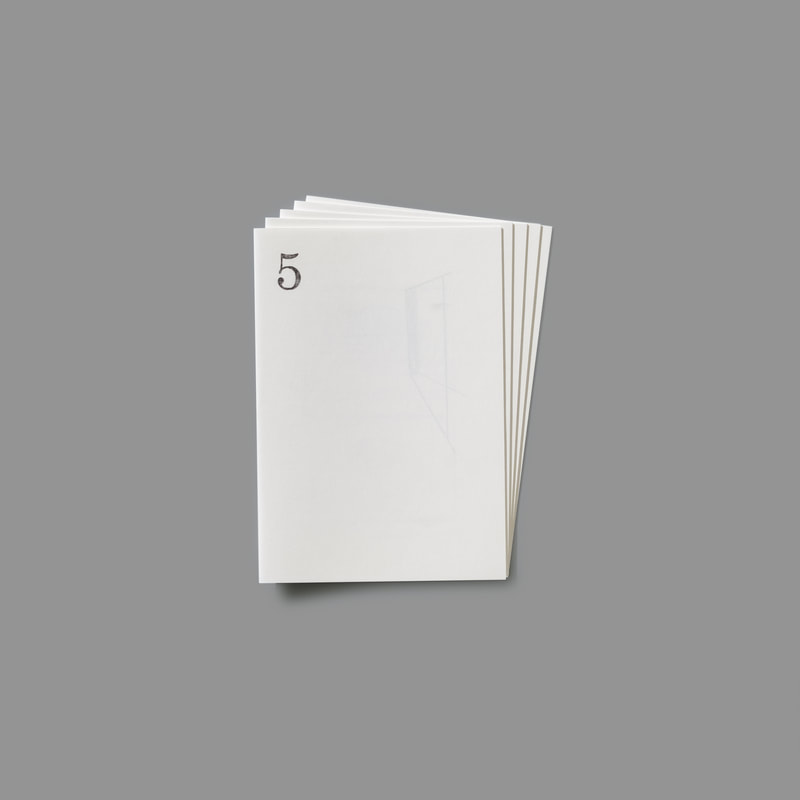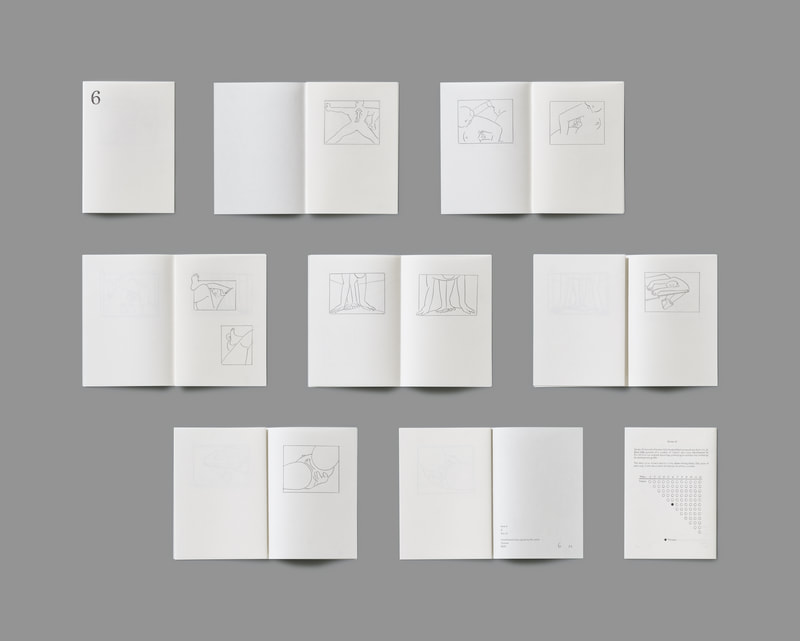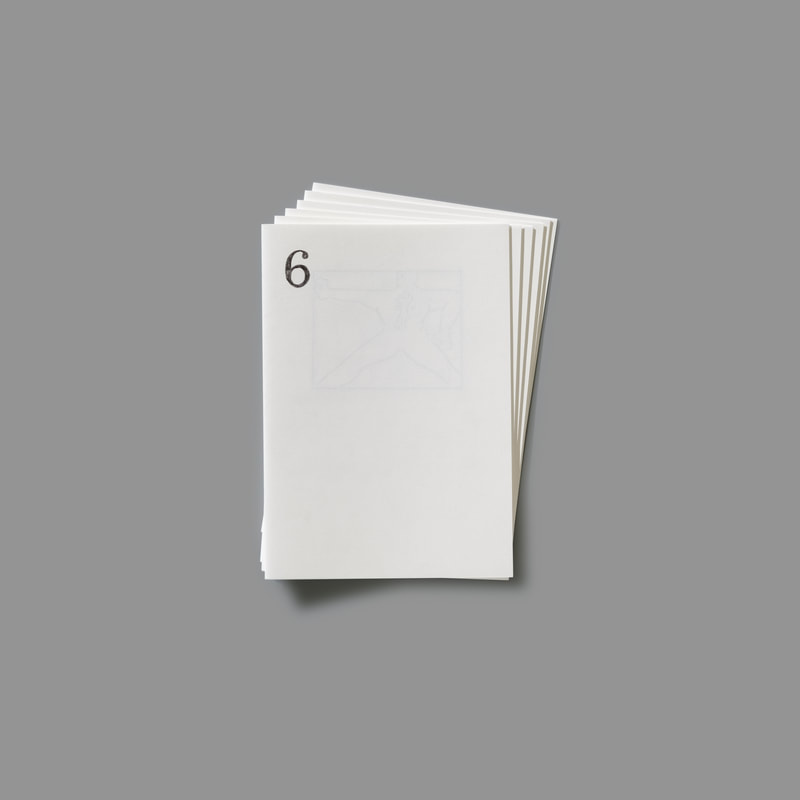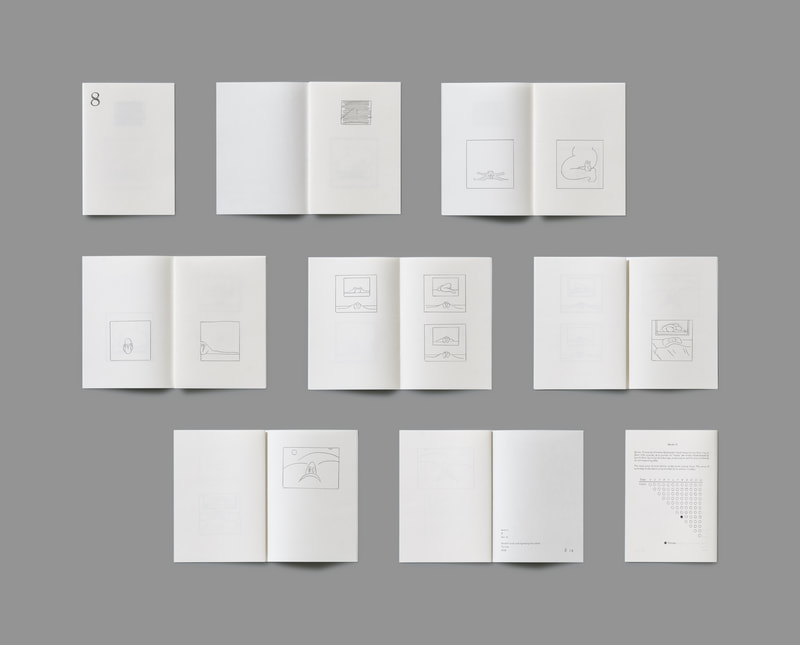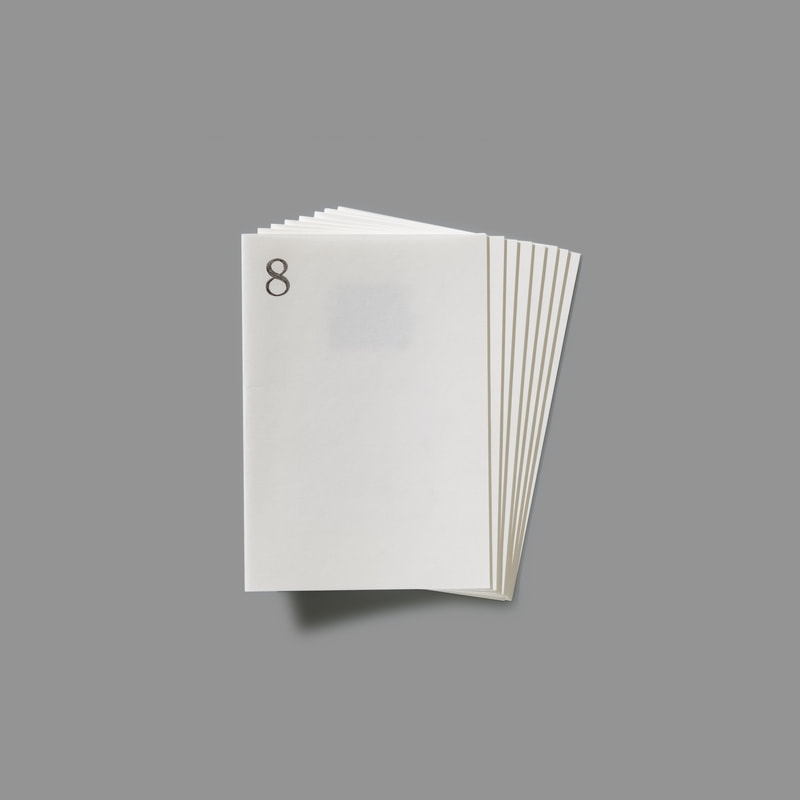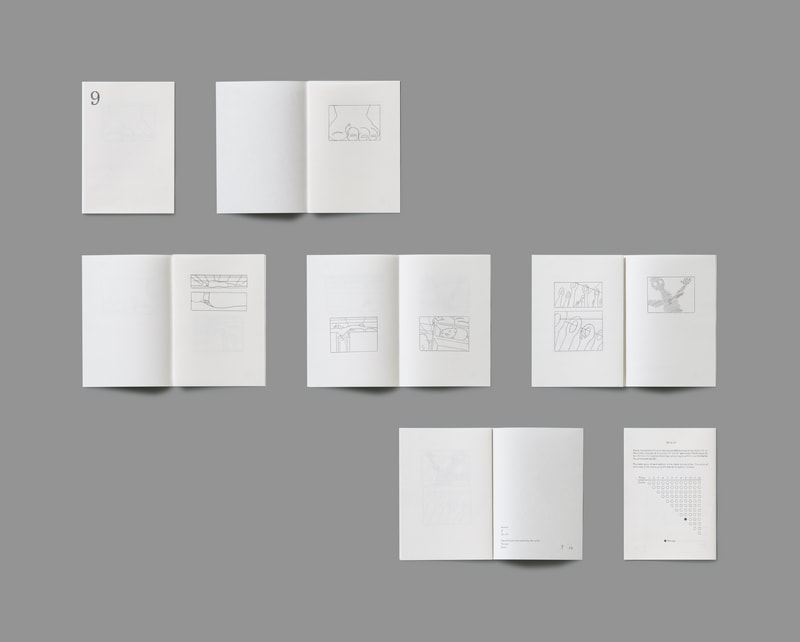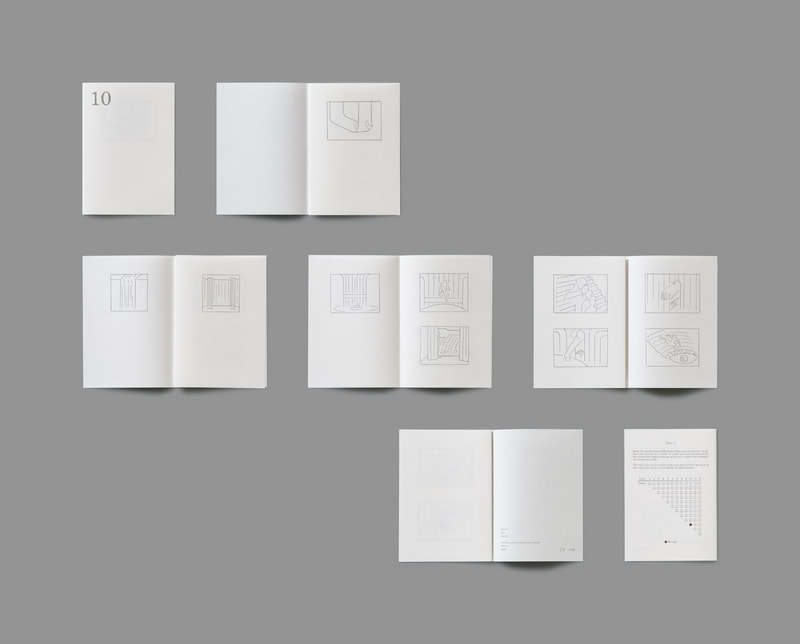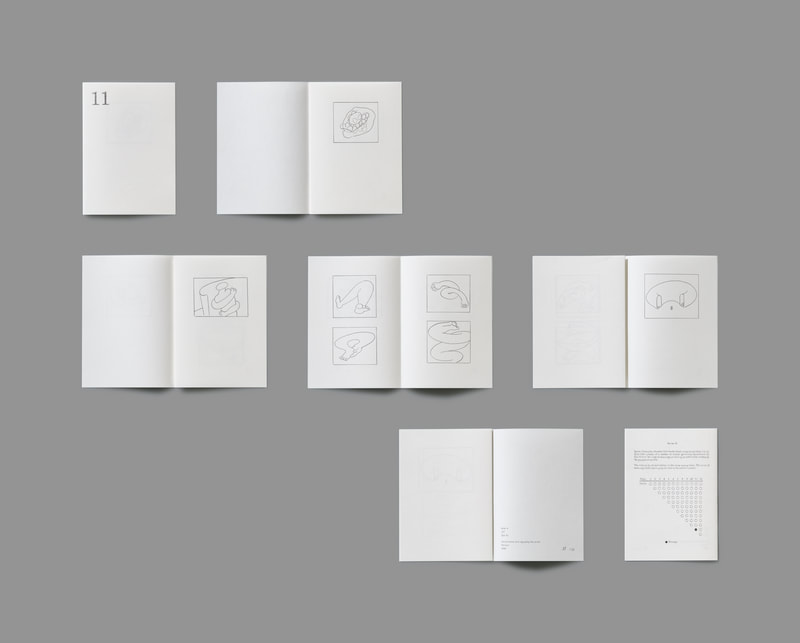倪和孜 Son Ni
系列 12 Series 12
|
系列 12, 2020, 鉛筆素描書冊, 21×29.7cm(個)
*價格為含稅
|
Series 12, 2020, pencil drawing folio book, 21×29.7cm (each)
*Prices exclude VAT
|
購買藝術品請email: [email protected] 提供您的姓名、您想購買的藝術品以及聯絡電話,我們會盡快與您聯繫確認訂單,運費依照訂單內容另計。
To purchase artworks, please email [email protected] with your name, which artwork you would like to purchase, and contact phone number.
We will get in touch soon with your order confirmation. Shipping fees are calculated based on the order.
To purchase artworks, please email [email protected] with your name, which artwork you would like to purchase, and contact phone number.
We will get in touch soon with your order confirmation. Shipping fees are calculated based on the order.
思想實驗者
倪和孜的創作不斷地畫各種圖像,形成她的「繪畫資料庫」,針對不同計劃或展出主題,她會從「繪畫資料庫」來撰出內容,編輯成出版物或透過不同的媒介改造呈現方式,這些呈現方式經常讓觀者深思熟慮,產生意想不到的觀看角度和討論。
倪和孜的作品《系列12》,從探索作品版次的結構啟發,藝術家選擇一個有限的數字「12」設定從 1 到 12 的數值範圍,創作了十二款折疊畫冊。第一款有一個版次,第二款有兩個版次,第三款有三個版次等等,直到第十二款有十二個版次為止。
藝術家更進一步思考這個獨立的系統,她將作品售價由每一款書冊的數值控制, 十二款書冊,每款總價相等;每款中,單冊售價為總價除以版次之商數。因此,對第二款書冊(兩個版次),每本是定價除以二,第三款(三個版次)每本是定價除以 3等等。
這種複雜且高度結構化的創作和定價方式揭示了創作中隱藏最迷人的一面——每一書冊均由藝術家本人從原畫描印,精確地複制線條與筆觸。對藝術家來說,雖然版次最多的第十二款價格最低,但實際上藝術家必須描印12本, 是最費力的一款,相對最輕鬆的第一款只需要畫一次,但價格最高。
倪和孜自由性的、富有想像力的繪畫由簡單的線條和圖形組成抽象的形狀或非解又趣味情境,透過她對藝術形式的敏銳概念理解和操作來呈現有趣,突破界限的創作。體驗她的作品就像似哲學謎題,藝術家給了觀者一題現實世界的思想實驗,而收藏她的作品將參與了她的哲學理論。
Thought Experiment
Son Ni continuously builds an archive of drawings, forming her creative ‘database’, that she uses to compose publications, or reworks into different mediums and appearances. Her reiterations often stem from a desire to transform selected works from her drawing database into thoughtful and compelling modes that invites engagement and discussion.
Her work Series 12, grew from exploring the structure of editioned works, by selecting a finite number – 12 – she then adhered to the bounds of the numerical values from 1 to 12, creating twelve folio books – the first book has one edition, the second has two editions, the third has three editions and so on, ending at twelve editions for the twelfth book. Further completing this self-contained system, the retail price is also controlled by each drawing’s numerical value. The first book (edition of one) sets the price, then each subsequent book uses this price and divides it by the number of editions it contains, setting the price for each copy. Thus, for book two (edition of two) each copy is the set price divided by two. Each copy for book three is the set price divided by three, and so on.
This complex and highly structured way of creating and pricing this work reveals its most fascinating aspect in the way each copy is created – Son Ni meticulously traces every single edition by hand, careful to replicate the line work as exact as possible. For the artist, although a copy of book twelve, with the most editions is priced lowest, it is in fact the most labor intensive, requiring her to trace the drawing twelve times. While the first book with only one edition requires the least amount of work, is priced highest.
Son Ni’s free-flowing, imaginative illustrations consisting of simple lines and figures, placed in abstract shapes or ambiguous, often whimsical situations, are often presented through a sharp conceptual understanding and operation of art formats. Experiencing her work is like a philosophical puzzle, combining her unique aesthetic with a real-world thought experiment, while collectors become participants in her philosophical discussion.
倪和孜的創作不斷地畫各種圖像,形成她的「繪畫資料庫」,針對不同計劃或展出主題,她會從「繪畫資料庫」來撰出內容,編輯成出版物或透過不同的媒介改造呈現方式,這些呈現方式經常讓觀者深思熟慮,產生意想不到的觀看角度和討論。
倪和孜的作品《系列12》,從探索作品版次的結構啟發,藝術家選擇一個有限的數字「12」設定從 1 到 12 的數值範圍,創作了十二款折疊畫冊。第一款有一個版次,第二款有兩個版次,第三款有三個版次等等,直到第十二款有十二個版次為止。
藝術家更進一步思考這個獨立的系統,她將作品售價由每一款書冊的數值控制, 十二款書冊,每款總價相等;每款中,單冊售價為總價除以版次之商數。因此,對第二款書冊(兩個版次),每本是定價除以二,第三款(三個版次)每本是定價除以 3等等。
這種複雜且高度結構化的創作和定價方式揭示了創作中隱藏最迷人的一面——每一書冊均由藝術家本人從原畫描印,精確地複制線條與筆觸。對藝術家來說,雖然版次最多的第十二款價格最低,但實際上藝術家必須描印12本, 是最費力的一款,相對最輕鬆的第一款只需要畫一次,但價格最高。
倪和孜自由性的、富有想像力的繪畫由簡單的線條和圖形組成抽象的形狀或非解又趣味情境,透過她對藝術形式的敏銳概念理解和操作來呈現有趣,突破界限的創作。體驗她的作品就像似哲學謎題,藝術家給了觀者一題現實世界的思想實驗,而收藏她的作品將參與了她的哲學理論。
Thought Experiment
Son Ni continuously builds an archive of drawings, forming her creative ‘database’, that she uses to compose publications, or reworks into different mediums and appearances. Her reiterations often stem from a desire to transform selected works from her drawing database into thoughtful and compelling modes that invites engagement and discussion.
Her work Series 12, grew from exploring the structure of editioned works, by selecting a finite number – 12 – she then adhered to the bounds of the numerical values from 1 to 12, creating twelve folio books – the first book has one edition, the second has two editions, the third has three editions and so on, ending at twelve editions for the twelfth book. Further completing this self-contained system, the retail price is also controlled by each drawing’s numerical value. The first book (edition of one) sets the price, then each subsequent book uses this price and divides it by the number of editions it contains, setting the price for each copy. Thus, for book two (edition of two) each copy is the set price divided by two. Each copy for book three is the set price divided by three, and so on.
This complex and highly structured way of creating and pricing this work reveals its most fascinating aspect in the way each copy is created – Son Ni meticulously traces every single edition by hand, careful to replicate the line work as exact as possible. For the artist, although a copy of book twelve, with the most editions is priced lowest, it is in fact the most labor intensive, requiring her to trace the drawing twelve times. While the first book with only one edition requires the least amount of work, is priced highest.
Son Ni’s free-flowing, imaginative illustrations consisting of simple lines and figures, placed in abstract shapes or ambiguous, often whimsical situations, are often presented through a sharp conceptual understanding and operation of art formats. Experiencing her work is like a philosophical puzzle, combining her unique aesthetic with a real-world thought experiment, while collectors become participants in her philosophical discussion.





